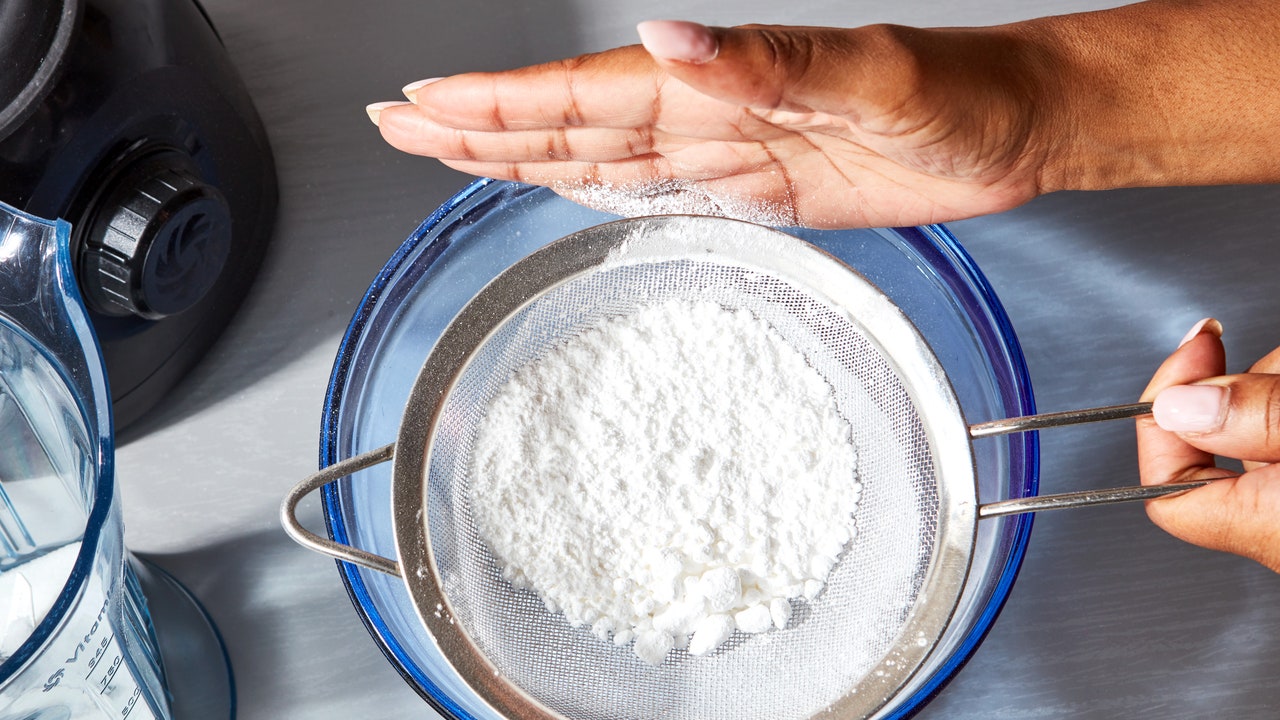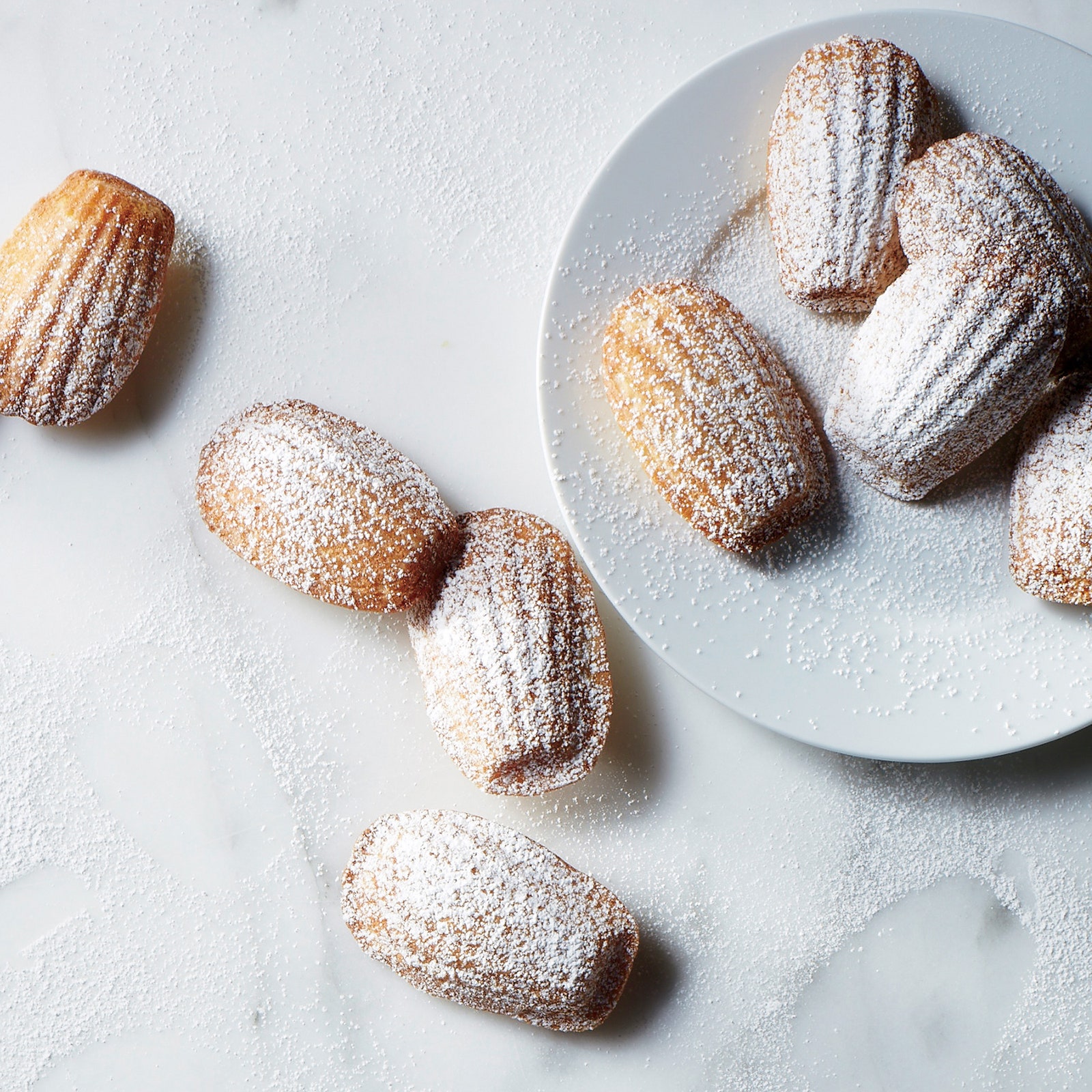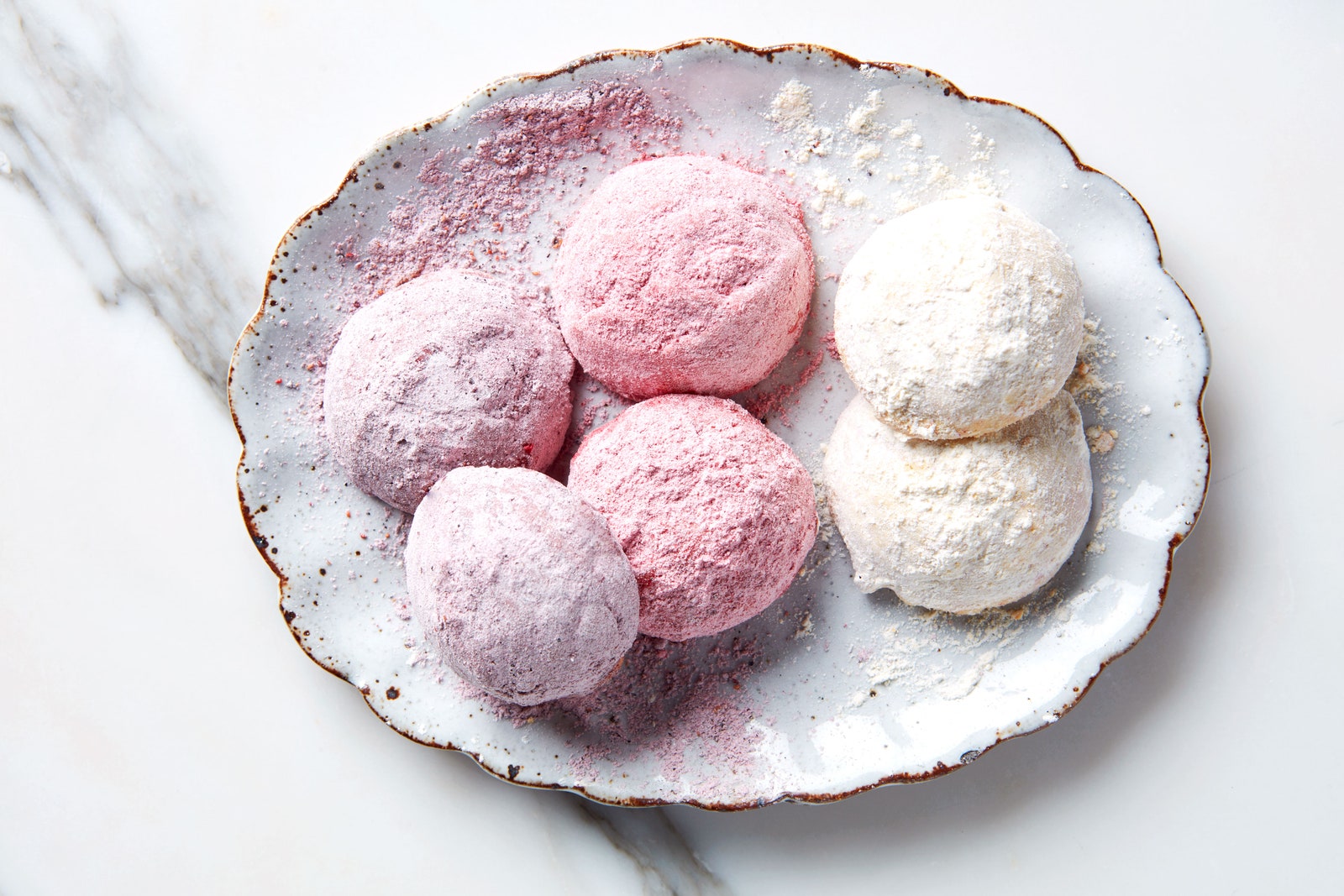Say you just whipped up a loaf cake and slid the pan into the oven. Halfway through baking, you suddenly realize: You don’t have any powdered sugar for the glaze. Now, what if, in this scenario, you don’t feel an ounce of stress? Why? Because you know how to make powdered sugar—and that all it takes is a few pantry staples.
Homemade powdered sugar can be the saving grace of lazy Saturday cinnamon rolls and spontaneous baking projects alike (because no loaf cake should ever go without glaze). Luckily, it’s easy enough to make on a whim. But before we get to that, let’s cover a few of the basics.
What is powdered sugar?
Powdered sugar is made by grinding granulated sugar to a fine powder (hence the name, powdered sugar). Most commercially produced powdered sugar you’ll find at the grocery store also has a small amount of starch added (typically cornstarch, though some companies use tapioca starch or arrowroot powder) to discourage clumping. The number on the label (typically 10X or 12X) refers to the number of times the sugar has been milled—the more times it is processed, the lighter and finer its texture.
Perhaps powdered sugar’s greatest asset is its ability to dissolve easily, making it a popular sweetener for whipped cream and frosting recipes; it’s also a key ingredient in sweet glazes, royal icing, homemade sprinkles, and classic cream cheese frosting. You’ll need it when glazing doughnuts or whipping together an American buttercream frosting to swoosh atop cupcakes. For a low-maintenance decoration, you can tap powdered sugar through a sieve to give cakes or cookies that serene snow-dusted look.
Powdered sugar vs. confectioners’ sugar: what’s the difference?
There is none. Powdered sugar goes by many names (confectioners’ sugar, icing sugar, 10X), but they all mean the same thing. Powdered sugar is the same as confectioners’ sugar, and they can be used interchangeably. But if you don’t have either and you’re already elbow-deep in a bowl of batter, you can make a batch easily with some regular sugar and a little ingenuity.
How to make powdered sugar:
You only need two ingredients—and some heavy-duty kitchen equipment—to make DIY powdered sugar. Combine 1 cup granulated sugar and 1 Tbsp. cornstarch (or a cornstarch substitute, like tapioca or potato starch) in a high-powered blender, such as a Vitamix or a food processor. You can also use a coffee grinder, spice grinder, or mortar and pestle, but it may take a bit longer to process. Grind for 1–2 minutes until the sugar transforms into a fine white powder, then sift through a fine-mesh strainer to remove any remaining large granules. This will make about 1¾ cups homemade powdered sugar, which you can use as a 1:1 substitute for the store-bought stuff in all your baking recipes.
No matter which type of sugar you choose, using a high-speed blender is the best tool for achieving the desired texture—the blender breaks the sugar granules into the finest particles, ultimately yielding the fluffy, snowy substance you know as powdered sugar. Feel free to make a large batch of powdered sugar for future baking projects—store it in an airtight container to keep the sugar dry, as any moisture will cause it to clump (add a silica packet for extra insurance).


